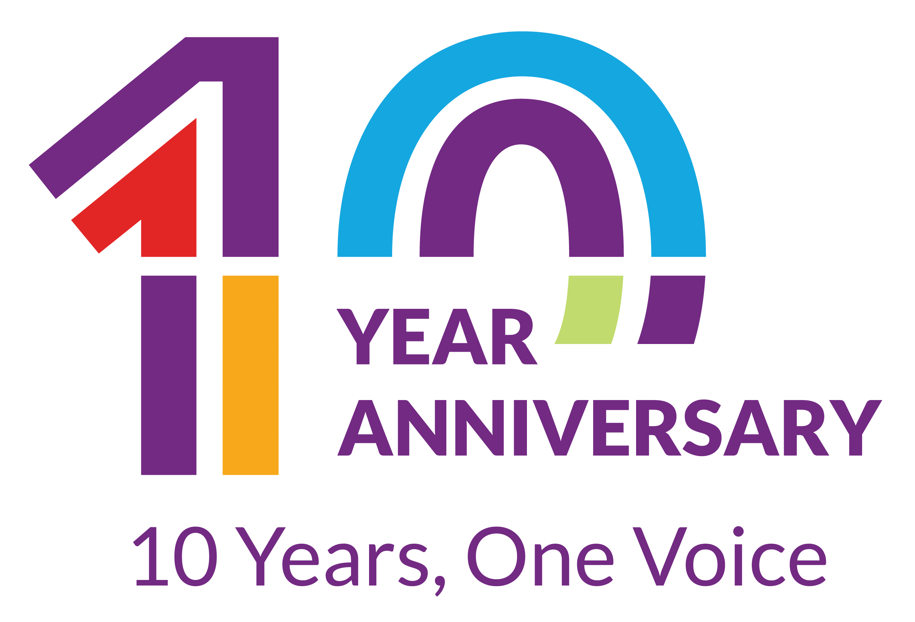Sunbeds
Sunbed risks
Did you know it’s illegal for under 18s to use a sunbed on commercial premises? And did you know your council helps to enforce these laws for your safety?
Sunbeds expose the skin to concentrated doses of ultraviolet (UV) radiation that can be equivalent to the midday tropical sun.
Young people who are frequent users of sunbeds are at particular risk, but even occasional use may lead to skin cancer, premature aging and eye damage. It’s vitally important that everyone is aware of the risk they run.
Tanning operators must provide customers with information on the risks associated with sunbed use and ensure protective eyewear is available. Although regulations are in place to improve standards and restrict their use, sunbeds can still be harmful.
Home hire of sunbeds is a particular problem. Research shows that almost one in ten of 11 – 16 year olds have used a sunbed many of whom have accessed a sunbed at home. Parents have a role to play in ensuring their children understand the dangers and don’t use sunbeds.
If you have any concerns about cancer call the Cancer Focus NI free information and support Nurseline on 0800 783 3339. You can also visit www.becancerawareni.info, www.cancerfocusni.org or www.careinthesun.org.
If you have any concerns about a sunbed business in your area contact our Environmental Health Service by completing the online form below, enquire here.
Who is most at risk?
All sunbed users risk damaging their health but some groups of people are at particular risk. This includes people who:
• have naturally fair skin (this includes many people from N Ireland who have skin that tends to freckle and burn easily when first exposed to the sun)
• are under 35
• have a large number of moles
• have ever suffered from an abnormal reaction or allergy to light
• are taking certain medications e.g. some anti-depressants
• have had intentional sun or sunbed exposure within the past 48 hours
• have a history of frequent childhood sunburn
• have ever been treated for skin cancer or pre-malignant skin lesions
• have sun damaged skin
• are pregnant
• are wearing cosmetics
Council responsibilities
• Inspection of commercial sunbed premises and support for businesses to ensure they comply with current laws and regulations
• Test purchasing of sunbed sessions
• Investigation of complaints received about sunbeds
If you have any concerns about a sunbed business in your area contact the Council’s Environmental Health Service on 0300 303 1777.
Fact file
- Over exposure to UV radiation speeds up aging of the skin by damaging skin elasticity and accelerating the appearance of wrinkles.
- The UV light produced by sunbed lamps is classified by the International Agency for Research on Cancer (IARC) as carcinogenic (i.e. cancer-causing)
- Research shows a significantly increased risk of malignant melanoma, the most serious form of skin cancer, associated with sunbed use. There is a particular increase in melanoma risk when sunbed exposure starts at a younger age (under 35).
- There is a dose-response relation between the amount of sunbed use and risk of melanoma. The risk of melanoma increases with increasing number of sunbed sessions.
- It’s estimated that in Western Europe 3,438 (5.4%) of new cases of melanoma diagnosed each year may be related to sunbed use (of which 68% occur in women)
- Sunbed use is also a risk factor for non-melanoma skin cancers and melanoma of the eye, particularly when exposure starts at a younger age. The risk of eye damage means that protective goggles are essential for anyone choosing to use sunbeds.
- Using sunbeds is not a good way to produce vitamin D – usually short periods of exposure to UV rays from the sun (even on cloudy days) and a balanced diet are sufficient to maintain Vitamin D levels. In the winter dietary Vitamin D supplements are a more effective way to increase vitamin D stores than using sunbeds.

